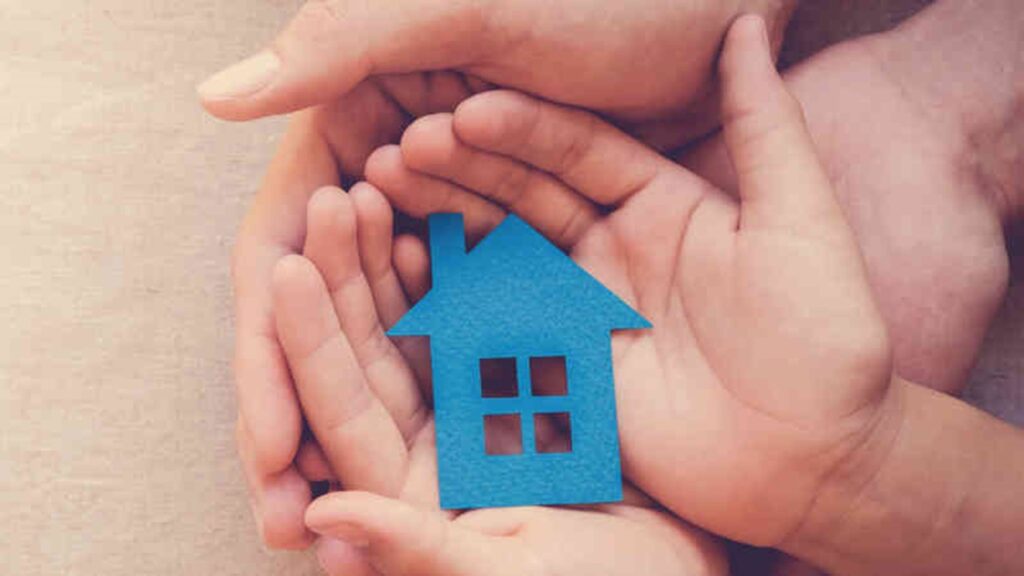
Making your home healthier and greener doesn’t have to be expensive, or overwhelming. Just a few changes can improve the health of your home, everyone in it — and the planet it sits on.
Some of these are easy fixes. Others challenge us to re-examine a lifetime of habits.
Avoiding or limiting exposure to toxic chemicals is at the top of every parent’s list. “Toxic chemicals are everywhere, so exposure is really difficult to avoid,” says Sonya Lunder, MPH, a senior researcher with Environmental Working Group, a nonprofit organization that researches environmental issues. “But there are things people can do to be proactive.”
Among the key toxins are lead and pesticides. Studies have linked overexposure to lead and pesticides with brain and central nervous system damage, behavior problems, asthma, cancer, and more.
So how can you cut down your exposure to these chemicals and other potential household risks? Here are the top 10 suggestions from WebMD’s experts. (And in some cases, you’ll even save money!)
1. Get house dust under control.
House dust aggravates allergies. It also contains more hazardous chemicals than you might think, including lead, fire retardants, pesticides, and other chemicals.
“It’s nothing you can afford to take lightly,” Lunder tells WebMD. “Even if these chemicals were used decades earlier in your home, they can still accumulate in your house dust today.”
The solutions: The best — and most expensive — option is to replace wall-to-wall carpeting (a collector for dust and allergens) with wood, cork, tile, or non-vinyl linoleum. But if that’s not economically feasible, some old-fashioned elbow grease can help. Vacuum frequently — meticulously getting into corners, along the floorboards, and moving furniture to get those dust bunnies.
Make sure your vacuum has strong suction and a HEPA filter so that dust and dirt go into the bag.
- Vacuum at least two times each week.
- Clean the vacuum bag and filter every time, so dust isn’t spewed back into the air.
2. Kick nicotine addiction.
If you’re still a smoker, it’s time to kick it.
An estimated 40% of America’s children are exposed to secondhand smoke at home — and it’s the biggest trigger of asthma in those children, says Philip Landrigan, MD, director of the Children’s Environmental Health Center at Mount Sinai School of Medicine in New York City.
And it’s an expensive habit. “You can save a lot of money if you’re not smoking, not to speak of future health costs for you and your family,” he tells WebMD.
A doctor, nurse, or mental health professional can help you tailor an approach to quitting smoking that best suits your needs. Set a quit date and stick to it.
3. Get your home tested.
Both lead paint and radon are serious hazards you can’t afford to ignore. Lead poisoning is known to cause brain damage in a developing fetus and in young children if not treated. Radon is a cancer-causing radioactive gas.
The main source of lead is old paint and dust that forms when paint chips and erodes, Landrigan explains. Lead paint can be a problem in any home built before 1978, when lead paint was banned.
“In tough economic times, we have to make wise decisions with our money — and a lead test is one of those,” says Landrigan. “Lead poisoning is tragic, and it happens too often. We’re not just talking about the big cities. Older homes everywhere may have lead paint.”
- Check with your local health department about lead paint testing. A lab test of a paint chip runs from $20 to $50 per sample. You can also hire a certified professional to test your home, which will cost more.
- The Consumer Product Safety Commission has a safety alert on its web site about lead-based paint testing. It offers guidelines on reducing your exposure — like covering walls with gypsum wallboard.
Colorless and odorless, radon gas comes from the natural breakdown of the soil and rock underneath your home. Any home can have a radon gas problem — whether it’s old or new, well-sealed or drafty, whether it has a basement or not.
Breathing air containing radon gas can cause lung cancer. In fact, it’s the second leading cause of lung cancer, after smoking. If you smoke and your home has high radon levels, your risk of lung cancer is especially high.
- You can buy a $20 home radon test kit at most hardware and home stores.
- For more information, check the EPA’s web site for “A Citizen’s Guide to Radon.”
Comments are closed